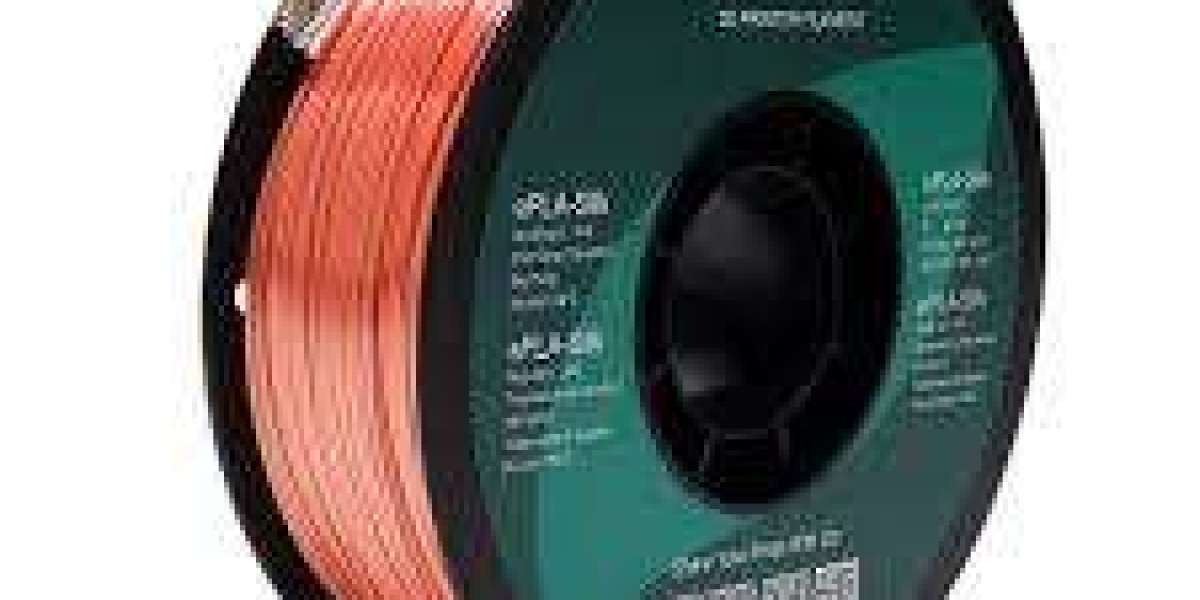Bulk filament offers significant advantages for a range of applications, from reducing costs and waste to enabling large-scale projects. This expansion is reshaping industries, sparking innovation, and supporting more sustainable practices across multiple fields. Here, we explore how bulk filament applications are evolving and what they mean for the future of 3D printing.
1. Industrial Manufacturing and Prototyping
In industrial manufacturing, 3D printing is no longer limited to small-scale prototyping or niche products. Bulk filament solutions are enabling large-scale production runs, streamlining prototyping, and reducing production times. By purchasing filament in bulk, companies can achieve cost savings and improve production efficiency, leading to more frequent design iterations, rapid prototyping, and faster product launches.
Materials like PLA, ABS, PETG, and specialty filaments are all available in bulk, giving industries a wide range of options to meet their mechanical and thermal requirements. For instance, automotive manufacturers can use bulk filament to create functional parts and tooling fixtures, while electronics companies can rapidly produce enclosures and internal components. This scalability supports innovation and lowers the barrier to entry for small and mid-sized manufacturers.
2. Architecture and Construction
The construction industry is embracing 3D printing as a means to transform traditional building practices. Bulk filament, especially those designed for structural applications, allows for the rapid creation of architectural models, building components, and even full-scale structures. High-performance filaments, like carbon-fiber-reinforced composites, offer the strength and durability needed for demanding projects.
Architectural firms are leveraging bulk filament for detailed scale models of complex structures, which helps communicate designs to clients and streamline project approvals. In larger-scale applications, 3D printing has been used to fabricate wall panels, decorative facades, and lightweight structural elements, reducing material waste and construction timelines. This expansion of bulk filament applications in construction holds the promise of more sustainable and efficient building processes.
3. Education and Research
Educational institutions and research centers are increasingly using 3D printing to foster innovation and practical learning. Bulk filament supplies are ideal for educational settings, where students and researchers frequently experiment with different designs and prototypes. Having access to a large volume of filament enables continuous exploration without budgetary constraints.
In STEM (Science, Technology, Engineering, and Mathematics) programs, bulk filament helps students create engineering prototypes, conduct material experiments, and develop practical solutions to real-world problems. Researchers, too, rely on bulk supplies to run long-duration studies and experiments, furthering advancements in material science, biology, engineering, and more.
4. Artistic and Creative Applications
3D printing has become a vital tool for artists and designers, allowing for the creation of intricate sculptures, jewelry, furniture, and custom art pieces. Bulk filament offers creative professionals the freedom to experiment and produce large quantities of work without being constrained by limited supplies. Specialized filaments, such as wood-filled, metallic, and flexible filaments, further expand artistic possibilities, giving each project a unique touch.
By working with bulk filament, artists can also create large-scale installations or collaborative works that require significant amounts of material. This expansion makes 3D printing a practical tool for art exhibitions, public installations, and intricate decorative projects.
5. Sustainable and Eco-Friendly Solutions
Sustainability is a growing focus across all industries, and bulk filament plays a crucial role in reducing the environmental impact of 3D printing. Bulk purchasing minimizes packaging waste and reduces the energy spent on multiple small shipments. Additionally, bulk filament solutions often offer access to more eco-friendly materials, such as recycled PLA or biodegradable filaments.
Industries and makers are also adopting closed-loop recycling systems, where used filament and failed prints are processed into new filament rolls. This circular economy model promotes resource efficiency and reduces the environmental footprint of 3D printing, aligning with broader sustainability goals.
6. Medical and Healthcare Applications
The medical field benefits from bulk filament for producing medical models, custom prosthetics, surgical guides, and anatomical replicas. The ability to manufacture these items on-demand reduces lead times, cuts costs, and enables personalized patient care. Bulk filament allows hospitals, research labs, and medical device manufacturers to run large-scale production or testing initiatives.
Conclusion
The expansion of bulk filament applications is transforming the 3D printing landscape, making it more accessible, efficient, and versatile across industries. From industrial manufacturing and construction to education, art, and medicine, the availability of bulk filament opens new opportunities for innovation, cost savings, and sustainable practices. As technology continues to advance, the potential for bulk filament use in 3D printing will only grow, empowering creators and businesses to push the boundaries of what is possible.








